The year 2011 saw the release of the critically acclaimed film The Descendants. It earned an Oscar nomination for Best Picture, and writer-director Alexander Payne won for Best Adapted Screenplay. The film even took home Golden Globes for Best Motion Picture and Best Actor with George Clooney. The story revolves around Clooney's character, Matt King, the trustee of a massive inheritance of land who is also dealing with the impending death of his wife.
Based on the Kaui Hart Hemmings novel, the film takes place in Hawaii. Compared to much of the depictions of the islands shown by mainstream film and television, The Descendants provides a refreshing and almost authentic perspective of life in Hawaii. However, it still has a number of flaws that made it clear the writers haven't spent a lot of time on the islands.
10 White Actors As Native Hawaiians
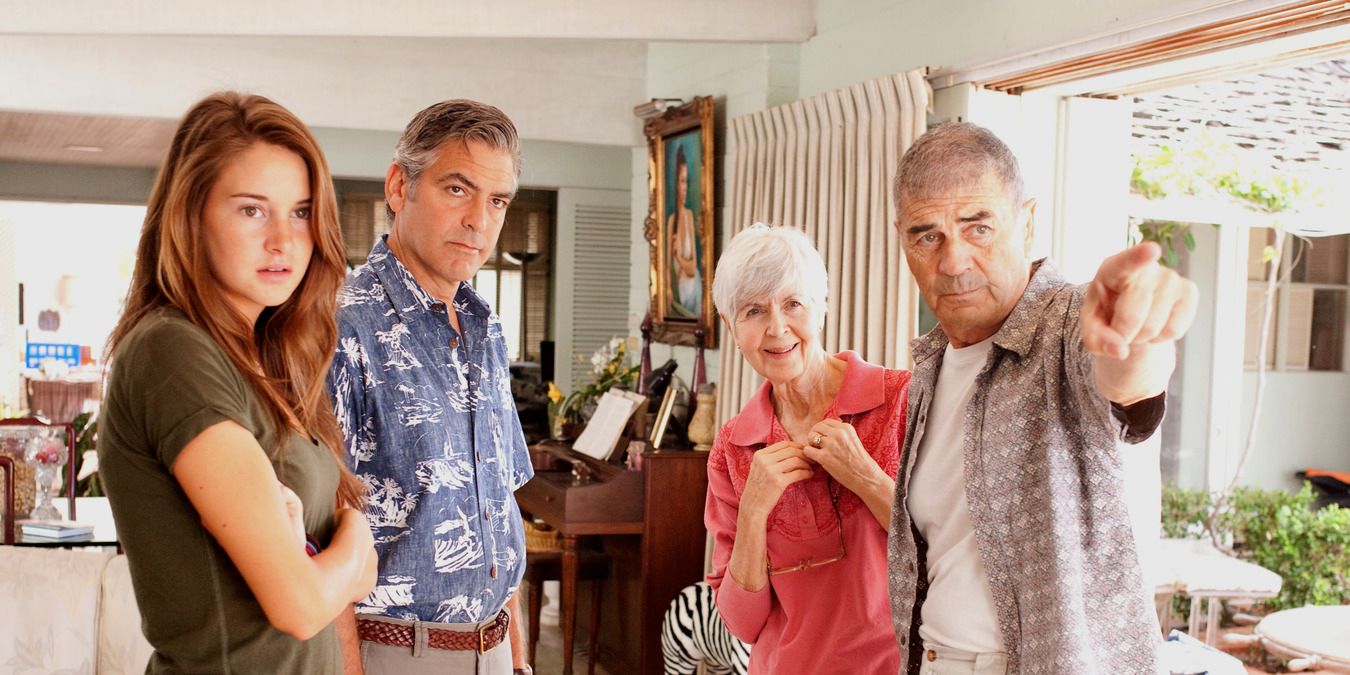
While the familiar cast undoubtedly played a big role in generating the film's Oscar buzz, with Clooney snagging a Leading Actor nomination, it was also the casting that made the "Hawaiian" family completely unrecognizable. The King family are descendants of Hawaiian royalty, making them native Hawaiian— but every actor playing a main character is white.
This is fairly common practice for depicting Hawaiian characters in mainstream films, proportionally more common than the whitewashing of other races, at least within the 21st century. However, it is just as important that native Hawaiians are accurately represented in the media as it is for any other non-white group.
9 Ancestral Story
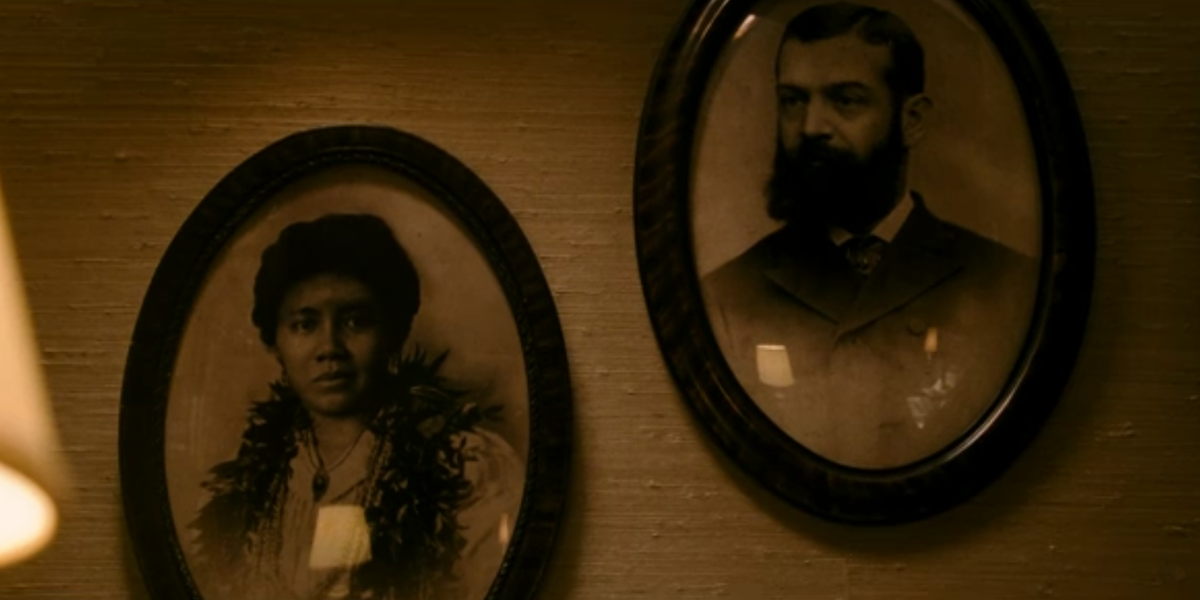
Through a narration, when he describes how he came to be the trustee of a section of land on Kauai, Matt tells the story of his ancestors: Princess of the Hawaiian monarchy Margaret Keʻalohilani, who was originally supposed to marry her cousin but instead chose to marry a banker who was the son of missionaries.
While the story sounds as if it could be true, neither of these figures existed in reality. Some sources posit, though, that the fictional couple created in the novel The Descendants is loosely based on Princess Bernice Pauahi Pākī and American businessman Charles Reed Bishop, who married in the mid-1800s.
8 Kauai Land
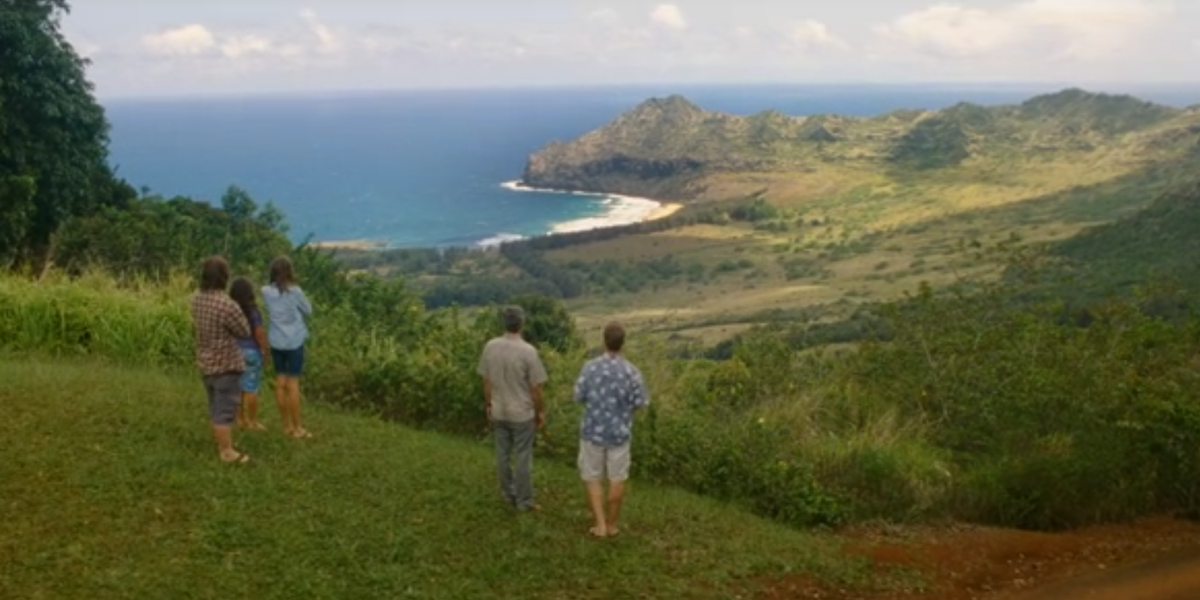
Among the challenges Matt faces bracing for his wife's eventual death and learning how to raise his daughters, the story seems to culminate in his decision as a trustee of the King family property on the island of Kauai. He must choose whether to keep the land or sell it to a private developer before the trust expires, as most of his family has agreed upon.
The illegal overthrow of Hawaii's Queen Liliʻuokalani by foreign forces in 1893, followed by the annexation of the islands by the U.S. in 1898, left practically no power or resources to the Hawaiian monarchy. Instead, the U.S. took control of the land, selling some of it to developers and using some for military testing. Realistically, there would have been no land for the Kings to inherit, certainly not 25,000 acres as the film states.
7 Wealthy Lifestyle

Matt explains that instead of blowing through his share of the family fortune, he spends modestly using only what he makes with his law practice, to the point where his daughters call him stingy. Despite this description of himself, he seems to be providing for his family to an extent that not even a lawyer should be able to meet.
Honolulu is among the country's top five most expensive cities to live in. Matt's small family of four seems to be living in a two-story, multi-family house, not to mention the pool in the backyard. He is also putting both his daughters through private school; the eldest goes to a boarding school off-island and the younger goes to Punahou, a notoriously expensive and elitist school on Oahu.
6 Outer Islands
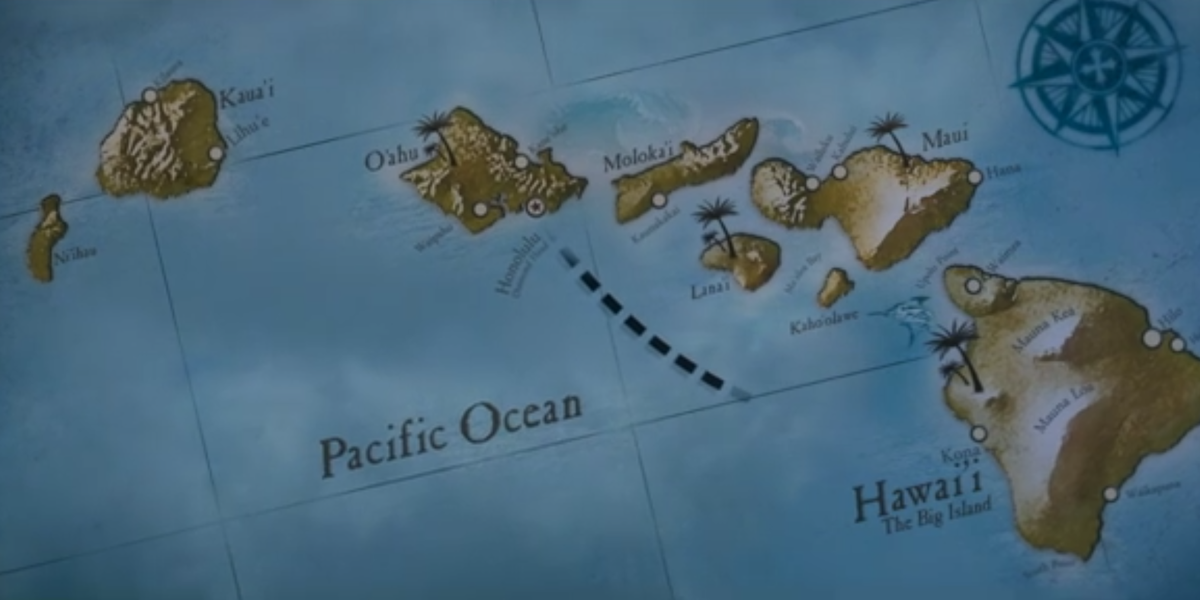
The King family lives on the island of Oahu, but they often travel to the outer islands. When Matt introduces himself and his family, he mentions that he travels to Maui often for business, which is where he was when his wife had her accident. His daughter Alex attends a boarding school on the island of Hawaii, or the Big Island.
In reality, it's more often the other way around. Oahu is by far the most populous island in the state, home to about a million of the state's total 1.4 million residents. As a result, most businesses, like law practices and schools, are based on Oahu.
5 Constant Island-Hopping
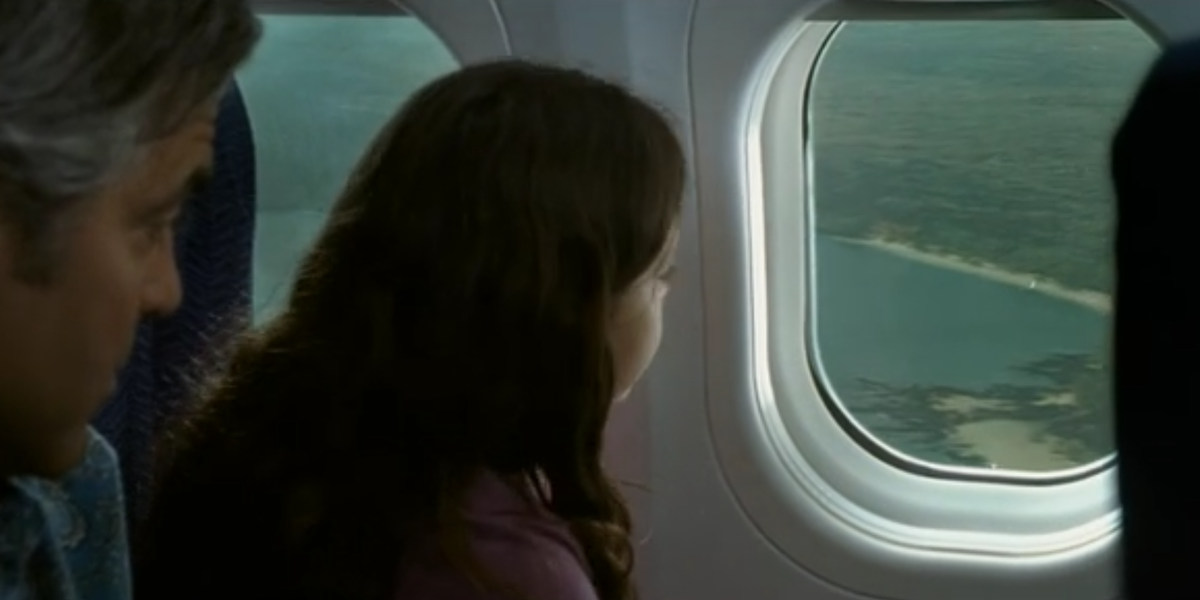
On a related note, the film makes it seem like inter-island travel is much more common than it really is. During the course of what seems to be only a few weeks, Matt takes his daughters from their home on Oahu to the Big Island and to Kauai.
While it happens more often among locals than inter-state or international trips do, travelling between the islands requires planning, especially with a young child like Scottie. It's not equivalent to a drive into the next town, as you would in a mainland state.
4 Leaving The Door Open

In one scene, after his daughter tells him that his wife had been seeing another man, Matt runs out of his house and down the street to see Kai, the gossip of their friend group. As he leaves his house, he opens a sliding door and doesn't close it.
This moment would make anyone's hands twitch, but it would be especially hard to watch for someone from Hawaii who had always been told to close the door so as not to let the bugs inside. Even worse, the following shots of Matt running down the street make it clear that he lives in Mānoa, which is an infamously rainy part of the island, making it prone to hordes of mosquitoes.
3 Tropical Flower Decorations Everywhere
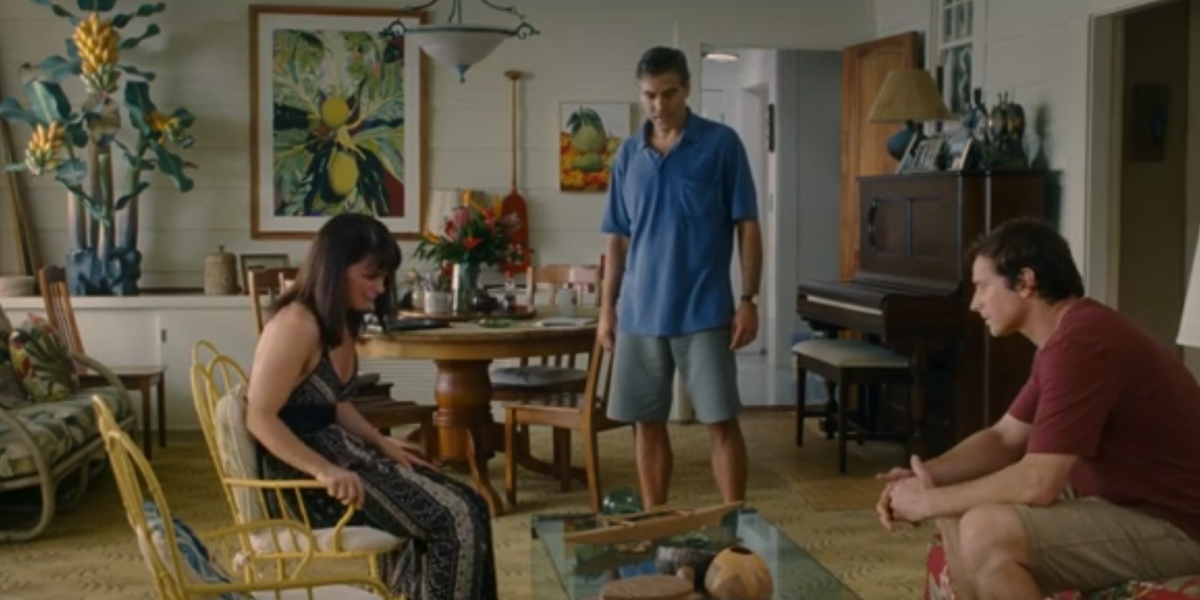
Another stereotype about life in Hawaii seems to be the locals' choice of décor. All the houses shown in the film, and the Mitchell's house in particular, are decked with bright-patterned curtains, furniture, and wall art.
Not only do most of the items pictured lack any element of traditional Hawaiiana, but this style does not reflect what most Hawaiian homes look like at all. Foreigners whose only exposure to what Hawaii is what they see on television may be surprised to learn that most homes in Hawaii actually look very similar to those on the mainland, with an exception being checking your shoes at the door.
2 Pet Goat
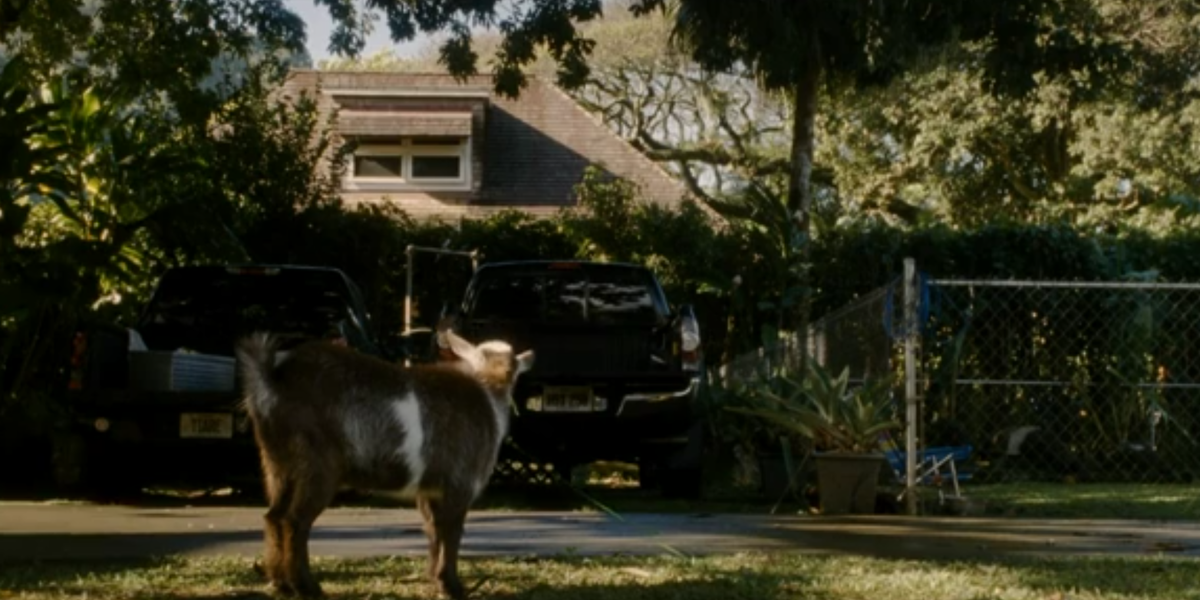
The Mitchell's house is depicted as having a goat on a leash in the front yard. This may strike anyone in the U.S. as an odd pet to keep. While having a goat as a pet isn't explicitly illegal in the state of Hawaii, it is widely against homeowner association rules, especially in relatively wealthy areas, where their house seems to be.
In fact, because of its unique ecosystem and because Hawaii has no rabies, the state has much stricter bans on the kinds of pets and animals that may be imported. Common pets like gerbils, ferrets, and certain types of lizards are illegal.
1 "Haole"

As they are in many films that take place in Hawaii, characters are all too comfortable throwing around well-known-to-tourists Hawaiian phrases and no other acknowledgement of the language. This film in particular works in a number of "mahalos," "tutu" to refer to the girls' grandmother, and even a "holoholo."
One word that came up a couple of times was "haole." The word literally means foreigner but is colloquially used to refer to white people, especially those who are out of touch with the local culture. One usage of the word that seemed out of place is when Matt admits that he and his wealthy family, in spite of their Hawaiian blood, are "haole as sh*t," which is a statement that contradicts itself.
from ScreenRant - Feed https://ift.tt/2GPydRZ



0 Comments